Learn how to manage your bankroll to get the best outcome at horse racing betting. Use our top tips to become an expert with high profit-earning potential.
Continue ReadingThe Melbourne Cup is one of the premier events on the Australian calendar, the race that stops the nation, a 3200-meter track that isn’t just part of sports, but of wi...
Continue ReadingExplore the top 10 horse racecourses in the UK, known for their historic significance and prestigious races. From Ascot to Sandown Park, discover what makes these venu...
Continue ReadingExplore the cutting-edge technological advances that are transforming horse racing. From wearable technology and safer racing surfaces to virtual reality and AI, disco...
Continue ReadingExplore the latest global trends in horse racing and betting, from digital transformation and exchange betting to the emphasis on horse welfare and the rise of virtual...
Continue ReadingExplore successful strategies in horse racing management through detailed case studies of renowned organizations. Discover how training, breeding, marketing, and techn...
Continue ReadingExplore the captivating stories of the most legendary horses in horse racing history and their profound impact on the sport. From record-breakers to cultural icons, di...
Continue ReadingExplore the critical role of regulatory bodies in preserving the integrity of equestrian sports. From ensuring fair competition and animal welfare to tackling legal ch...
Continue ReadingDiscover the modern challenges facing horse racing and explore potential solutions to ensure the sport's longevity. From addressing animal welfare to adapting to techn...
Continue ReadingEmbark on a journey through the world's most prestigious horse racing events. From the Kentucky Derby to the Dubai World Cup, discover the races that captivate enthusi...
Continue ReadingExplore the exciting world of horse racing as we delve into the Bahrain Cup, a prestigious event showcasing 60 of the finest equines vying for a $1 million purse.
Continue ReadingExplore the captivating journey of Frankie Dettori, one of horse racing's most iconic figures. From his early days to his legendary status, uncover the triumphs, chall...
Continue ReadingExplore the captivating history of horse racing, from its ancient roots to the modern day. Discover the major developments, iconic figures, and challenges that have sh...
Continue ReadingDive into the intricate world of horse racing and discover the profound impact of weight. From jockey challenges to the science of performance, this comprehensive guid...
Continue ReadingExplore the historical and contemporary evolution of anti-doping measures in horse racing, delving into the scientific, ethical, and legal journey that has shaped poli...
Continue ReadingExplore the contemporary challenges faced by the horse racing industry, from ethical to economic hurdles, and delve into innovative, sustainable solutions aimed at ens...
Continue ReadingUnveil the fascinating world of horse racing and its timeless attraction to celebrities. From spectators and style icons to racehorse owners and endorsers, discover ho...
Continue ReadingExplore the controversial side of horse racing with a deep dive into some of its most notorious scandals. From doping dilemmas to race fixing, understand the challenge...
Continue ReadingDive deep into the structured world of horse racing classifications. From maiden races to elite graded stakes events, understand the significance of each classificatio...
Continue ReadingUnlock the art and science of picking a winning horse in horse racing. From understanding form guides to observing a horse's behavior on race day, discover a comprehen...
Continue ReadingLearn about the science of horse breeding, including genetics, selection, mating, and the latest advances in technology. Discover how breeders create horses that are b...
Continue ReadingExplore the legacies of the top 10 famous horse racing horses in history. From Secretariat's unmatched dominance to American Pharoah's grand slam, delve into the tales...
Continue ReadingJourney through the world's most iconic horse racing tracks. From historic venues to modern marvels, discover the courses that have shaped the sport and continue to of...
Continue Reading


